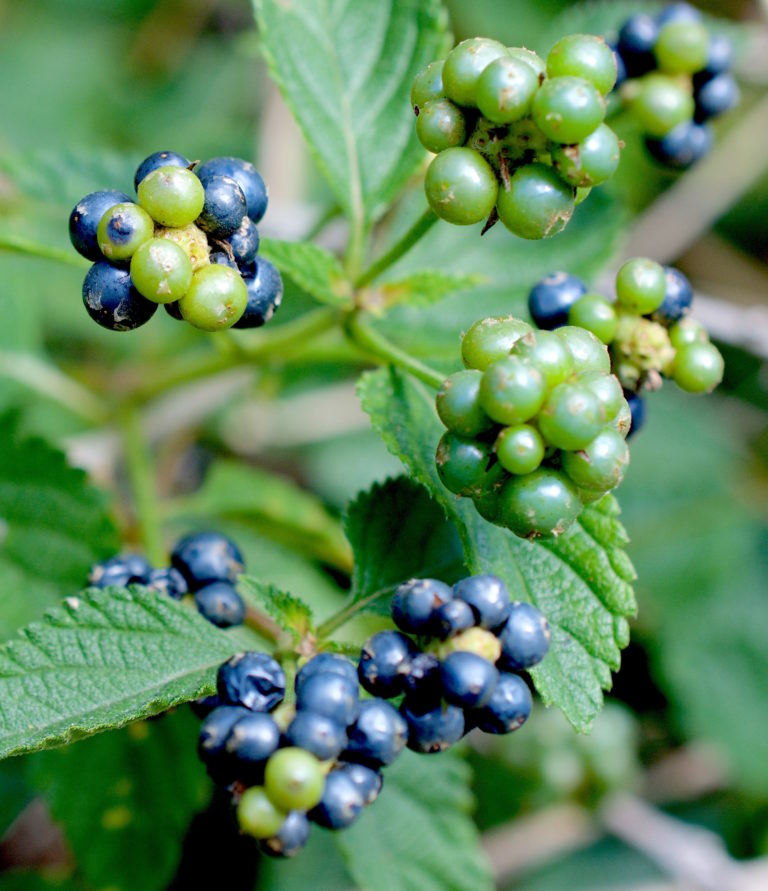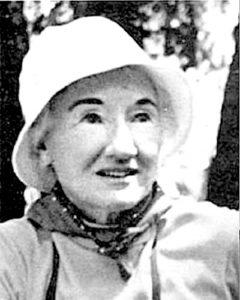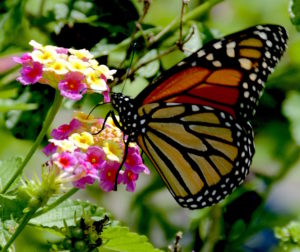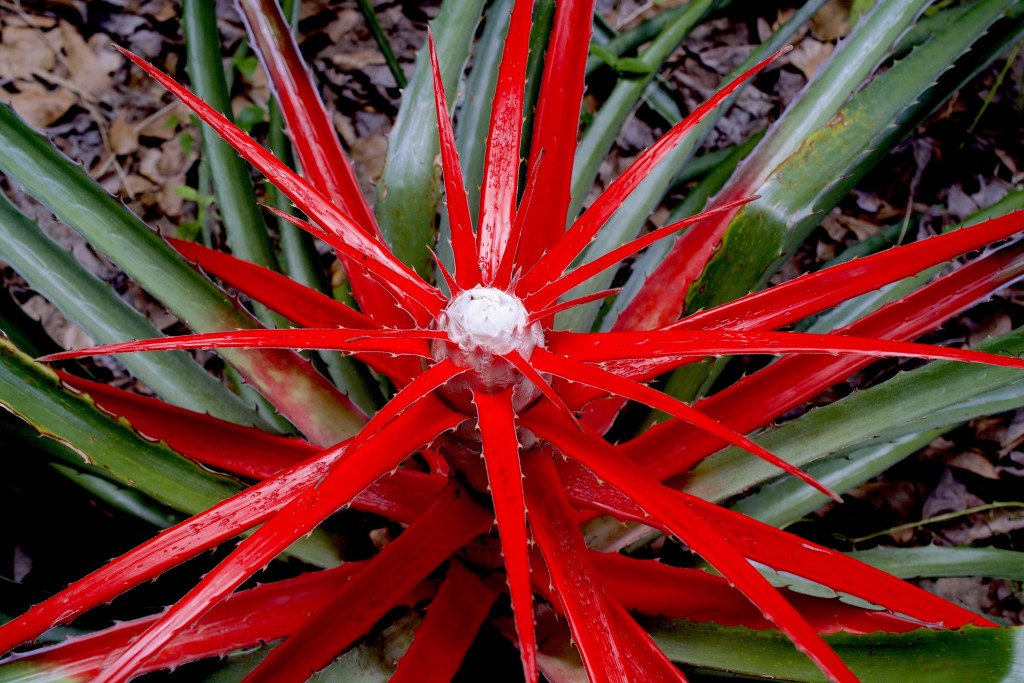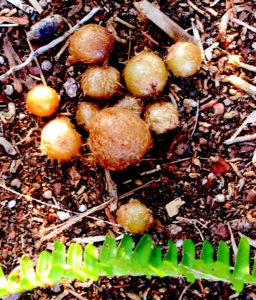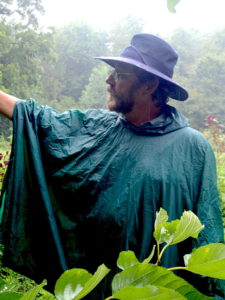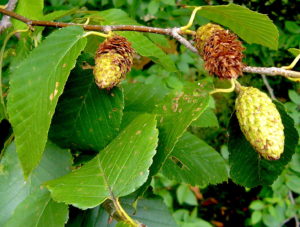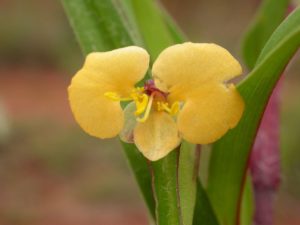Two pages of “Plants Poisonous To People” by Julia Morton detail how the Lantana camara is toxic. Morton, a professor of botany at the University of Miami, wrote extensively about edible wild plants, medicinal plants and toxic plants. Page 80 of the aforementioned book has three long paragraphs. The middle one tells us Lantana is highly toxic to grazing animals. The toxin, Lantanine, is broken down by the liver which produces phylloerythrin which causes photosensitization. This leads to jaundice, yellowing of the eyes, swollen head, kidney congestion, and death. Dogs that eat the leaves have liver damage. Morton tells us children are made ill eating the fruit. She presents a case history of a child dying of neuro-circulatory collapse after chewing and swallowing a quantity of unripe green berries. Symptoms can include vomiting, diarrhea, weakness, lethargy, cyanosis, labored slow respiration, dilated pupils, photophobia, ataxia, coma and depressed deep tendon reflexes. Even touching the plant can cause dermatitis and itching. In short we get the picture: Leave Lantana alone. But she also writes on page 80: “The ripe fruit are eaten by natives wherever the plant grows.”
Huh? Natives eat the berries? Yes, the ripe, metallic-blue colored berries. The green berries are indeed toxic, the ripe blue ones are not (also turn the berry over to make sure it is ripe on bottom.) One can understand why we know the green berries are toxic. Why don’t we know more about the ripe berries being edible? One possible reason is their quality can vary. I’ve eaten sweet ones with few seeds and medicinal tasting ones with a large seed. They also don’t ripen at the same time and have to be individually picked. That does not make them user-friendly. I would like to see a list of nutritional elements to learn if they have substantial contributions there.
Lantana is not mention in Facciola’s Cornucopia II nor in Moerman’s Native American Food Plants. Dr. Daniel Austin, whom one gathers was under the administrative thumb of Morton at the University of Miami, takes a few swipes at her in his book Florida Ethnobotany. (She was by the account of folks who knew her, a crusty Vermonter of whom Austin said “she will eat anything.” But she also lost her husband rather young from lung cancer thus she was a leading critic of tobacco and was always on the look out for plant-based cancer palliatives.) Austin notes there are many medicinal uses for the Lantana genus. As to edibility he writes on page 398 “in spite of its poisonous chemicals, some cultures still eat the fruits.” This edibility information, by the way, applies only to the native Lantana camara which has multiple colored blossoms. They are not all pink or all yellow or all orange. Those are man-made varieties. The edibility of those berries is unknown, at least to me. Always make sure you have a Lantana with multiple color blossoms (and again, turn the berry over to make sure it is totally ripe.) To read more about the Lantana go here.
One cannot forage long without discovering many botanists have their head intentionally buried in distributional sand. This can be quite true about non-native plants they don’t want to recognize as either existing or growing in certain areas. Kudzu is one, which is up now but not blossoming yet. (If you are in a natural setting and smell an intense aroma of a third-grade class chewing cheap grape bubble gum there is a blossoming Kudzu nearby.) Another iffy botanical locally is Wild Pineapple. It isn’t “here” but you can’t miss it either. Its leaves et cetera take on brilliant hues and you can see why this plant that is not “here” is here: It’s pretty. The fruit is edible by some. I think it’s a genetic thing. Some people can eat it with no problem. If I eat a fruit I can’t taste anything for a few hours. You can read more about Wild Pineapple here.
After heavy rains two things are worth looking for: The first is edible mushrooms. The rain entices fungi to send up their reproductive parts we call mushrooms. There are about 90 different edible species of mushrooms in Florida. The other edible are the swollen stolons of Sword Ferns. Theses epiphytes save water for dry days so after rains they are busy storing water in their brown, fuzzy nodules. While there are five sword ferns locally only one — the non-native — stores water. Their foreign origin a great comeback when someone challenges you for pulling them up: “They’re an invasive non-native. I’m doing my civic duty. Want to help?” You can read about Sword Ferns here.
FORAGING CLASSES: Our foraging class last week in Port Charlotte produced some nice seasonal finds. Sea Blite it near the height of its season. We found enough of it to take pictures and get a taste. This is a member of the Goosefoot family that should be a commercial crop. We also got a chance to taste some Sea Purslane, Beach Carpet, and a few Surinam Cherries. Another nice plant is the Blue Porter Weed which has blossoms that taste like raw mushrooms. We also saw Simpson Stoppers in blossom. This week’s class is in east Orlando at Blanchard Park. It has a nice representation of wild edibles and we also get a chance to see the very deadly Water Hemlock.
Saturday, May 6th, Blanchard Park, 10501 Jay Blanchard Trail, Orlando, FL 32817. 9 a.m. Meet east side of the tennis courts near the YMCA building.
Saturday, May 13th, Wickham Park: 2500 Parkway Drive, Melbourne, FL 32935-2335. 9 a.m. Meet at the “dog park” inside the park (turn right after entrance, go 1/4 mile, dog run on right, parking at run or on previous left.)
Saturday, May 20th, Dreher Park, 1200 Southern Blvd., West Palm Beach, 33405. We meet just north of the science center in the northern part of the park. 9 a.m.
Saturday, May 27th, Boulware Springs Park, 3420 SE 15th St., Gainesville, FL 32641. 9 a.m. Meet next to the spring house.
To read more about the foraging classes go here.
Want to identify a plant? Looking for a foraging reference? Do you have a UFO, an Unidentified Flowering Object you want identified? On the Green Deane Forum we chat about foraging all year. And it’s not just about warm-weather plants or just North American flora. Many nations around the world share common weeds so there’s a lot to talk about. There’s also more than weeds. The reference section has information for foraging around the world. There are also articles on food preservation, and forgotten skills from making bows to fermenting food. One special section is “From the Frightening Mail Bag” where we learn from people’s mistakes. You can join the forum by clicking on the button on the upper right hand side of this page.
Spring orders have started their annual increase. All of Green Dane’s videos available for free on You Tube. They do have ads on them so every time you watch a Green Deane video I get a quarter of one cent. Four views, one cent. Not exactly a large money-maker but it helps pays for this newsletter. If you want to see the videos without ads and some in slightly better quality you can order the DVD set. It is nine DVDs with 15 videos on each. Many people want their own copy of the videos or they have a slow service and its easier to order then to watch them on-line. They make a good gift for that forager you know. Individual DVDs can also be ordered. You can order them by clicking on the button on the top right of this page or you can go here.
Did you know: If you’re allergic to bananas you are also probably allergic to birch trees, and vice versa. No one really knows why. Probably a genetic component someplace. Seven other species for different reasons often cause an allergic reaction in the same person because they are closely related. They are: Poison Ivy, Poison Sumac, Brazilian Pepper, Mangos, edible Sumac, Cashews, and Pistachio. A close Poison Ivy/Mangos allergy is quite common. It is also curious that only three groups get poison ivy: Humans, some monkeys, and guinea pigs. They are also the only three that cannot make their own vitamin C.
From a 2011 newsletter: …One of my long-time students, Maryann Pugliesi, during a foraging class happened to spot a Commelina I had not seen in my several decades of traipsing around America. Three-petaled Dayflowers are usually blue, or blue and white. This was mustard, or yellow. A bit of research showed that it is the Yellow Commelina, Commelina africana, from South Africa and once imported as a ground cover. Edible cooked. I am now of the opinion all edible Commelinas need to be cooked, save for the blossoms. How it got to be in Tampa seems to be a mystery. For the historical record it was found on the north shore of the western-most lake to the country club at 8401 New tampa Boulevard, Tampa FL. To read about the Dayflowers click here.
This is issue 255
If you would like to donate to Eat The Weeds please click here.

